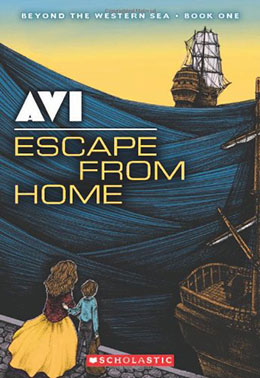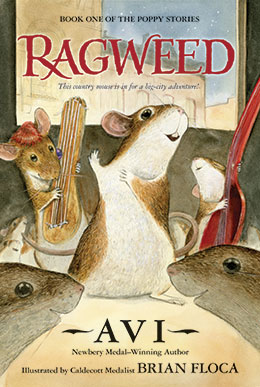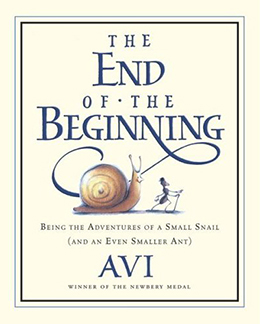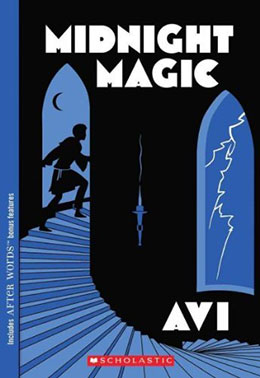It’s not unusual for me to get a note from a reader asking me to extend the life—if you will—of a character in one of my novels or stories with a new tale. I take it as a compliment that the reader was so engaged with that character that they wanted more. I’ve done so rarely, but over the course of my writing, I’ve composed a few sequels and some series, which is not quite the same thing. Here’s a showing of all my stories in this category.
In only one instance did I plan to write a series (the Crispin books), but I was never given the opportunity to write the last and concluding volume. It was made more complicated by the series being split between different publishers. Still, someday I’d like to write that concluding volume. I do have the plot in my head.
The Beyond the Western Sea books were never meant to be two books, but one. The publisher felt they would be better received as two books, a decision with which I concurred, but in retrospect, came to regret. Moreover, the way the books were promoted, many readers thought a third volume was to come. At one point I agreed to do it, but it was never written.
The Poppy books, seven in number, were not written (and illustrated by Brian Floca) in sequence and they took twenty-five years to complete. It was not so much to tell an extended story that drew me back time and again, as it was my affection for the characters that inspired me to write the multiple volumes. The truth is, it was great fun to write about Poppy and Ereth and the other Dimwood Forest characters. To coin a phrase, when writing is fun, it’s done. I have mused about doing yet another, but I think seven is enough.
The End of the Beginning and A Beginning a Muddle and an End, share the same characters, and having fun with language, but there is no extension of a story.
Midnight Magic, Murder at Midnight, and City of Magic share the same main characters but are all stand-alone tales.
Now I am about to publish a sequel to The Secret School. Titled The Secret Sisters, it is very much a true sequel, insofar as it extends Ida’s (the main character in the first book) story logically and expansively—not just about what happens, but the growth of Ida’s life and being.
That said, writing a true sequel is complex. To begin The Secret Sisters, I had to go through The Secret School and set down all the factual material I had created—twenty years ago—created without any notion that the story would go on. Some examples: How old are the characters? What did they look like? What are their names? What are their relationships? How did they dress? How did they talk and were there any expressions that they used as a way of giving life to the characters? And so on.
Since Ida’s first story is rooted in a specific time and place (rural Colorado 1925) all of those aspects had to be continued, even as the characters had to evolve to become more in an engaging way. All those first-book factors were but starting points if I desired (and I did) Ida to grow.
That said, even as drafts of the book emerged, the editor and copyeditor would bring to my attention some missteps. “In book one, you said it was five miles to that place. Here you are saying it’s six.” If they had not spotted those mistakes, you may be sure readers would have—and let me know about it.
All in all, the writing of sequels is evenly balanced by some things: certain basic factors have been established so you don’t have to invent them. And readers do find pleasure in a return to characters for whom they have developed affection. At the same time you must extend those characters’ live so as to make the stories sufficiently engaging to read.
As the writer, I loved expanding Ida’s life and story.
My hope is that readers will find that to be true for The Secret Sisters.





